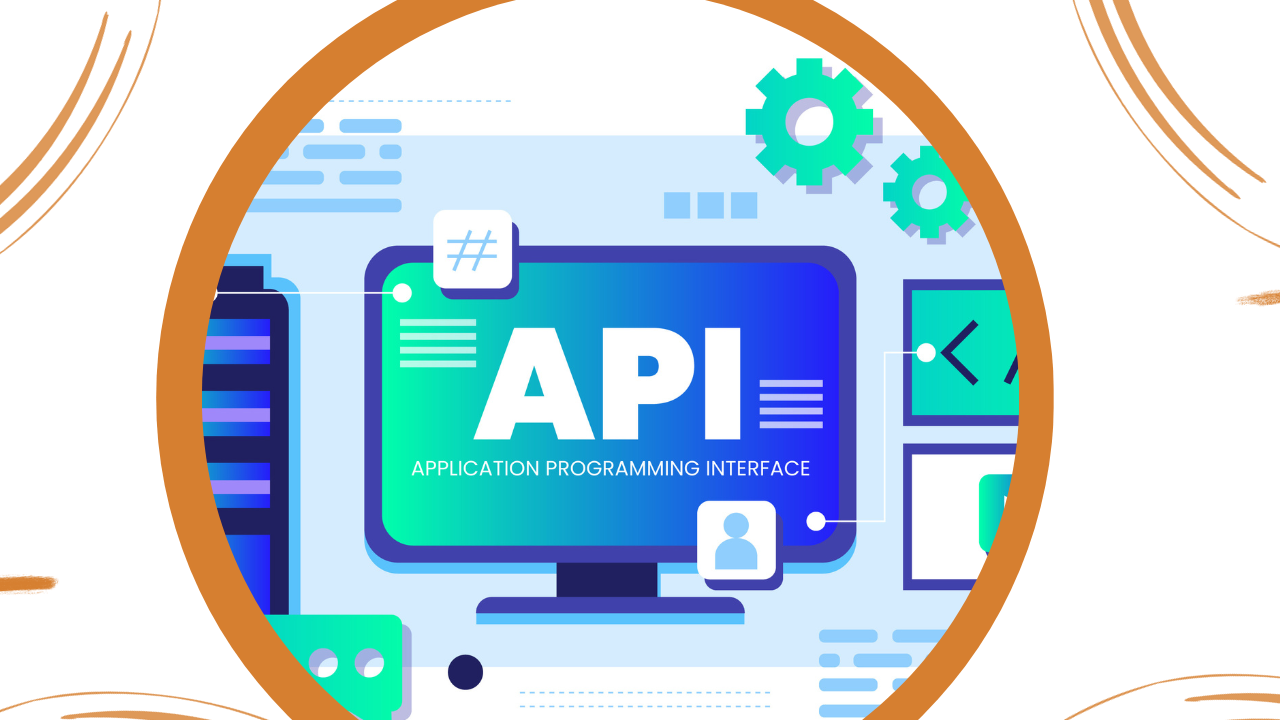What is the process for estimating an API development project?
 kevin francis
kevin francis
Estimating an API development project involves a systematic approach to understanding requirements, planning tasks, allocating resources, and predicting timelines and costs. Accurate estimation is crucial for project success, ensuring that the development team has a clear understanding of the scope, complexity, and effort required. Here's a comprehensive guide outlining the process for estimating an API development project:
1. Requirement Analysis:
Gather Requirements: Understand the project objectives, functionalities needed, data structures, integrations, and expected outcomes.
Identify Use Cases: Map out the various scenarios and use cases that the API is expected to handle. Determine the endpoints, data models, authentication mechanisms, and expected responses.
Clarify Assumptions and Constraints: Identify any assumptions or limitations that could impact the development process, such as third-party integrations, dependencies, or compliance requirements.
2. Breakdown of Tasks:
Decompose the Project: Divide the Custom API development services process into smaller, manageable tasks or user stories. Define the functionalities that need to be implemented, including CRUD operations, data validation, error handling, and security measures.
Estimate Task Efforts: Assign relative effort estimates (e.g., story points) to individual tasks based on complexity, required skills, and dependencies.
3. Technical Analysis and Design:
Architecture and Design: Define the API architecture, including the choice of frameworks, databases, security protocols, and data formats (e.g., JSON or XML). Consider scalability, performance, and maintainability aspects.
Prototyping: Develop prototypes or proof-of-concept implementations to validate technical feasibility and identify potential challenges or bottlenecks that could impact the overall timeline.
4. Resource Allocation:
Resource Identification: Determine the skill sets required for the project, including developers, designers, testers, and any specialized expertise needed.
Team Allocation: Allocate resources based on availability, expertise, and workload. Consider team size and composition for optimal productivity.
5. Time Estimation:
Task Duration Estimation: Estimate the time required to complete individual tasks or user stories. Use techniques like Three-Point Estimation (optimistic, pessimistic, and most likely) to calculate task durations.
Dependencies and Critical Path: Identify dependencies between tasks and determine the critical path—sequences of tasks that must be completed on time for the project's success. Account for any sequential or parallel dependencies.
6. Risk Assessment:
Identify Risks: Analyze potential risks and uncertainties that could impact project timelines and costs. Consider technical risks, external dependencies, resource availability, and changes in requirements.
Risk Mitigation Strategies: Develop mitigation plans to address identified risks. Allocate buffers or contingency time for addressing unforeseen challenges.
7. Cost Estimation:
Resource Cost Calculation: Estimate costs based on resource rates, considering hourly rates, salaries, contractor fees, and any overhead costs associated with the project.
Tool and Infrastructure Costs: Account for expenses related to development tools, licenses, infrastructure, hosting, and any third-party services or APIs used.
8. Documentation and Review:
Documentation: Document the estimation process, assumptions made, dependencies, and the breakdown of estimated efforts for each task or user story.
Review and Validation: Review the estimation with stakeholders, development team leads, and domain experts to validate assumptions, verify requirements, and ensure consensus.
9. Iterative and Adaptive Approach:
Agile Methodology: If following an Agile methodology, embrace an iterative approach to estimation. Revisit and refine estimates as the project progresses, incorporating feedback and new information.
Continuous Improvement: Learn from previous projects' estimations and outcomes to refine estimation techniques and improve accuracy in future projects.
10. Communication and Transparency:
Stakeholder Communication: Communicate the estimated timelines, costs, and potential risks transparently to stakeholders. Manage expectations by providing regular updates and progress reports.
11. Monitoring and Tracking:
Project Tracking: Implement tracking mechanisms to monitor progress against estimates.
Adjustment and Adaptation: Continuously monitor progress and make adjustments to the plan as needed. Be prepared to adapt to changes in requirements or unforeseen challenges.
Conclusion:
Estimating an API development company project involves a meticulous process of understanding requirements, breaking down tasks, allocating resources, estimating time and costs, assessing risks, and maintaining transparency with stakeholders. Accurate estimation is essential for effective project planning, resource management, risk mitigation, and successful delivery of high-quality APIs within specified timelines and budgets. Embrace an iterative approach, learn from past experiences, and continuously refine estimation techniques to improve accuracy and project outcomes.
Subscribe to my newsletter
Read articles from kevin francis directly inside your inbox. Subscribe to the newsletter, and don't miss out.
Written by

kevin francis
kevin francis
I am working at dorustree. We are software development company that provides services in various domains, including web development, mobile app development, blockchain development, cloud computing, and artificial intelligence. They offer custom software solutions for clients in different industries, from startups to large enterprises.